Category: Lesson Aids
-

“Or, are they all wrong together?”
In this week’s chapter in the Come, Follow Me manual, one of the core areas of discussion is “why are there various accounts of the First Vision?” It’s an opportunity to explore the other accounts of the First Vision in a way that is potentially helpful to members of the Church.[1] The section mentions that:…
-
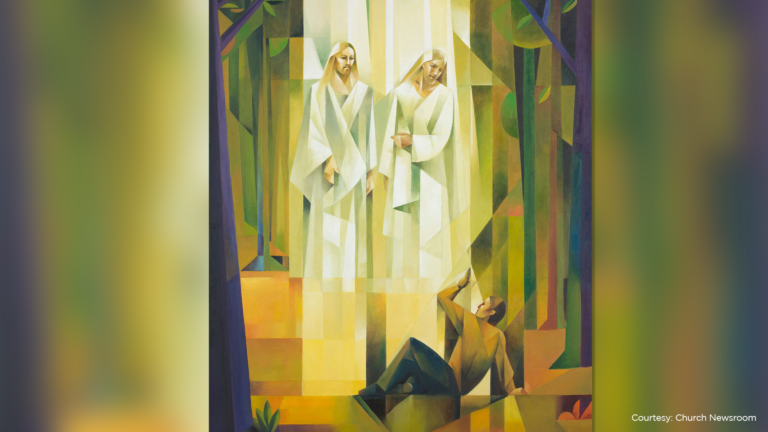
Lit Come Follow Me: D&C —Joseph Smith History 1
In the second lesson for this year, the Come Follow Me curriculum turns to Joseph Smith-History in order to include a brief look (over two lessons) at the origins of the restoration. For most Church members, the story is very familiar, and the principles taught are well-covered material. And, as you might imagine, the events…
-
“By mine own voice or by the voice of my servants”
Doctrine and Covenants section 1 is a fascinating document. Written in late 1831, it would chronologically fall in place right around section 67, but was intended as a preface for the compilation of Joseph Smith’s revelations known as the Book of Commandments. By extension, it later served as the preface for the Doctrine and Covenants.…
-
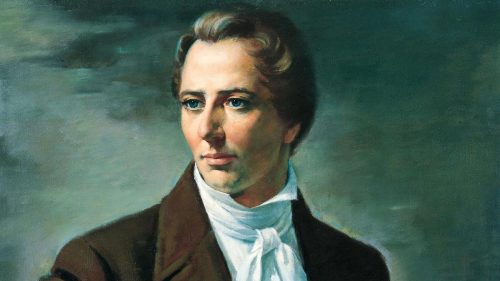
Lit Come Follow Me: D&C Section 1
The first section of the Doctrine and Covenants is meant to be its preface; an outline of both its reason for existing and its purpose. Presented at a conference of the Church in November, 1831, Section 1 was given and composed specifically because the church was compiling the revelations Joseph Smith had received and was…
-
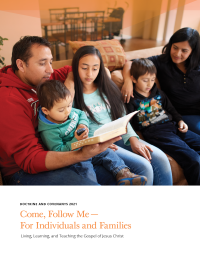
New Series: Literary Come Follow Me D&C
I’m launching a new series of posts with poetry to go with the 2021 Come Follow Me lessons for the Doctrine and Covenants
-
What are the best resources to accompany your study of the Doctrine and Covenants?
We’re wrapping up the end of a year studying the Book of Mormon (whether at home or with our wards or branches) and soon will be turning our focus to the Doctrine and Covenants. J. Stapley at BCC recently ran a useful post discussing some approaches and resources we can use for studying the Doctrine…
-
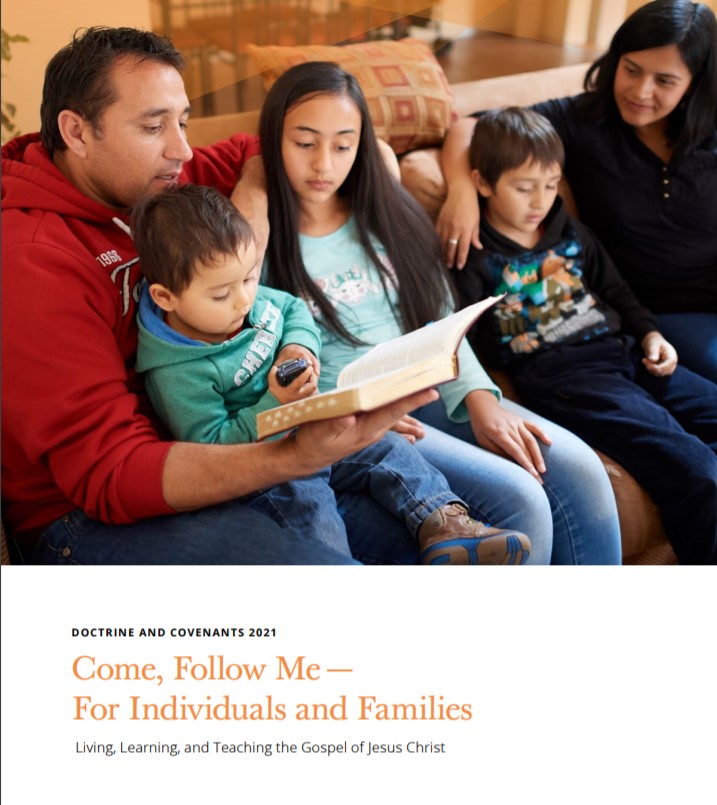
“Come, Follow Me” and The Family: A Proclamation to the World
The “Come, Follow Me” manuals for 2021’s course of study are available online now. Looking ahead to the next year, I have been curious to see if they were going to stick strictly to the scriptures related to the history of our modern dispensation (Doctrine and Covenants and parts of the Pearl of Great Price),…
-
Nephi and the Garden Tower: A Children’s Play
This week’s Come, Follow Me lesson covers the story of Nephi praying on a tower in his garden, drawing a crowd, and revealing facts about the murder of the chief judge that he could only know through revelation. As I read the lesson, I felt like the story was highly dramatic! So, for my family,…
-

A Small and Simple Quote
As I’ve been studying the “Come, Follow Me” material lately and talking about it with family, I’ve had a quote from Michael Crichton’s book Jurassic Park come to mind a few times. There are a few statements in this section of Alma that have brought it to mind. The first is found in Amulek’s words…
-
“By his own admission”: a one-footnote review
John Hammond’s Quest for the New Jerusalem: A Mormon Generation Sagastates that Sidney Rigdon, “by his own admission, ‘made up’ religious experiences in his youth,” which seems like something worth looking into.
-
Quotes to accompany your Come Follow Me study – Alma 30-31
This coming week’s Come, Follow Me lesson covers Alma 30-31. Here are a collection of quotes from General Auxiliary Leaders of the Church, that you can use in your family or personal study. Alma 30 The Book of Mormon warns against false teachings. “As you use your agency to carve out time every day to…
-

A Lake of Fire and the Problem of Evil
I remember talking to an atheist on the riverfront walk in Dubuque, Iowa one day while serving my mission. He told my companion and me that he couldn’t believe in God after some of the things he had seen, and went on to describe (in a fair amount of gruesome detail) visiting a Catholic church…
-
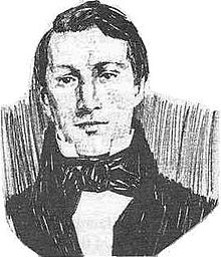
Saving Alvin
How we approach the scriptures affects what we see in them. In other words, our assumptions, our traditions, our cultural baggage that we carry with us as we enter the world of scriptural texts are lenses that give meaning and shape to what we find inside those scriptures. Two approaches that I would like to…
-
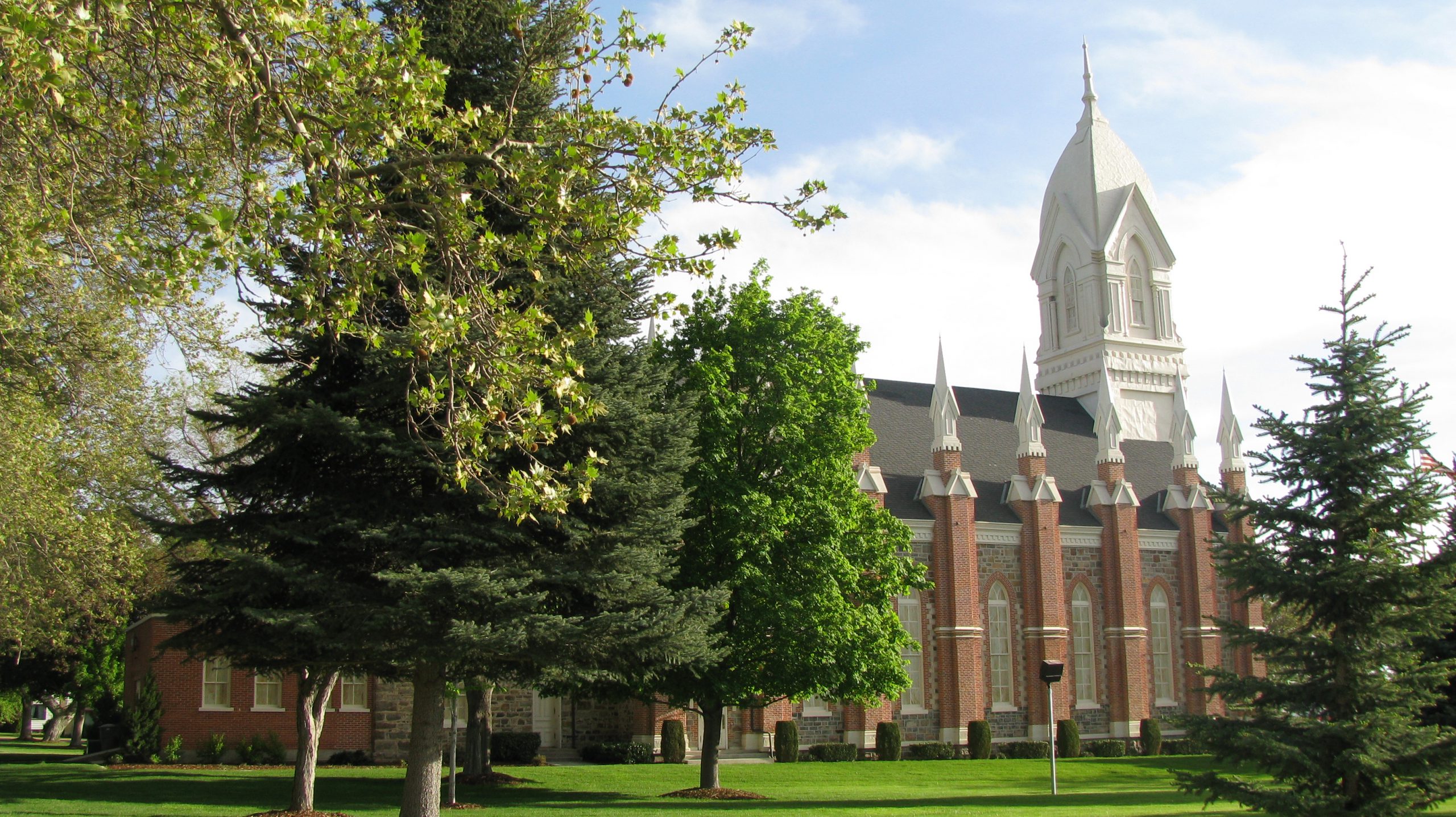
Reflections on Meetings in the Church of Christ
One of my favorite quotes of all time about Mormonism focuses on the concept of Zion. “Zion-building is not preparation for heaven. It is heaven, in embryo. The process of sanctifying disciples of Christ, constituting them into a community of love and harmony, does not qualify individuals for heaven; sanctification and celestial relationality are the…
-
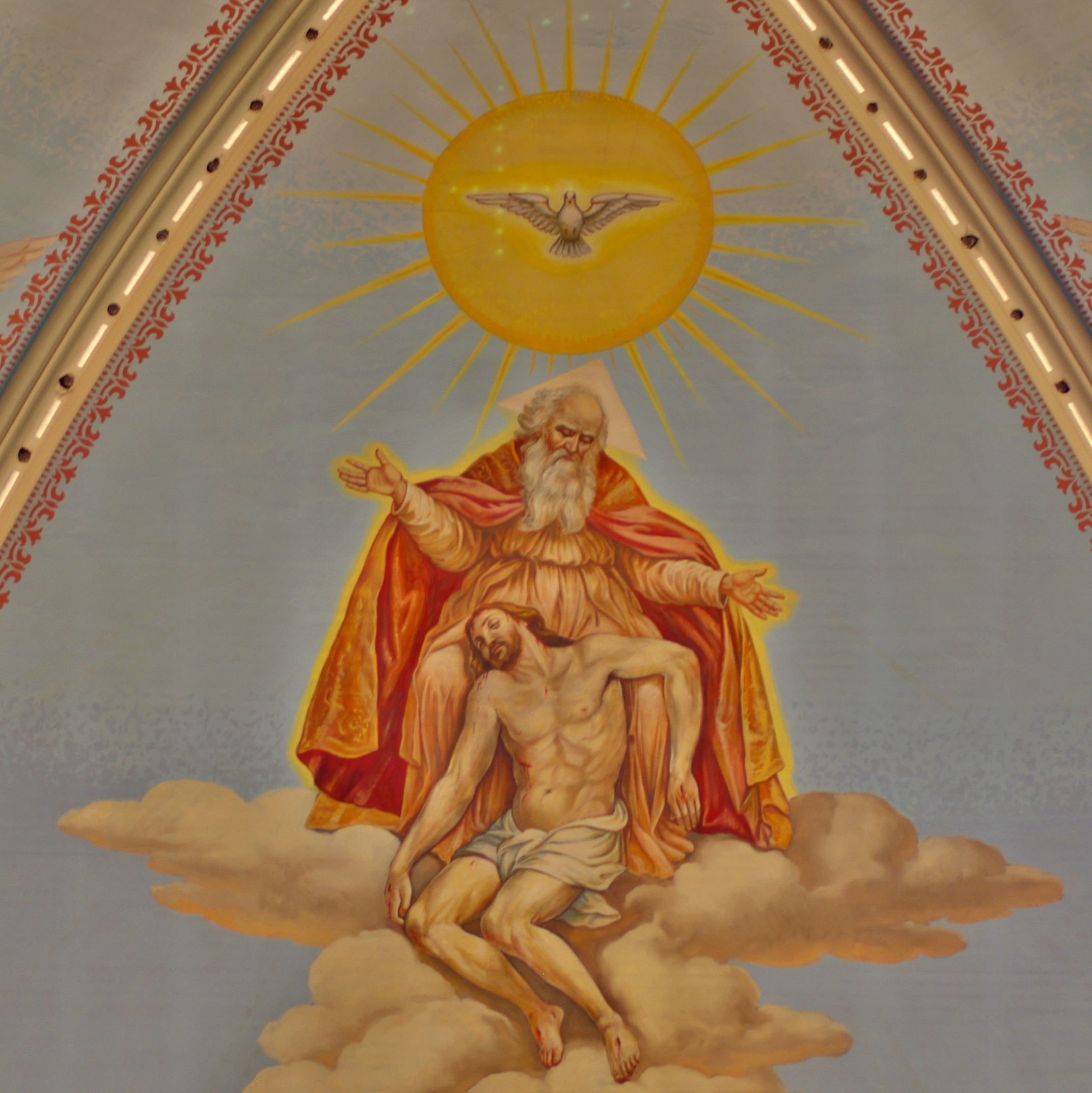
Monotheism and Mormonism
One of the most central and difficult issues of Christian theology is how to fit together a commitment to monotheism with a belief that Jesus is a divine being. While we, as members of the Church of Jesus Christ of Latter-day Saints have resolved some aspects of this in our own ways, we still have…
-
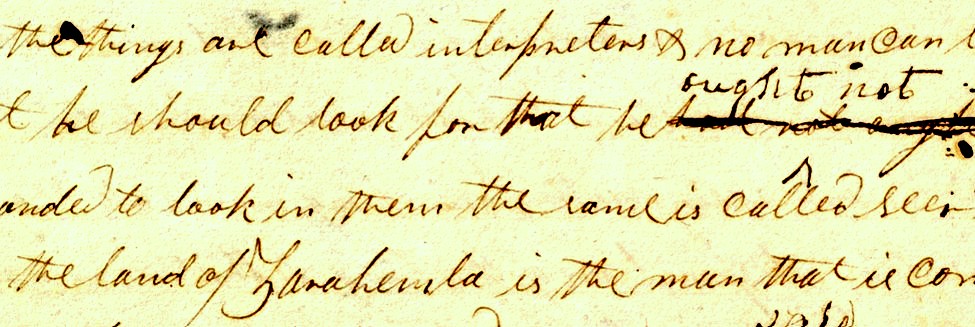
Seer Stones and Grammar
Book of Mormon translation is one of those interesting subjects that is central to the ongoing Book of Mormon wars. As well, to me, one interesting aspect about the Book of Mormon is how self-aware of its own creation it is. For example, in Mosiah 8 (part of this week’s “Come, Follow Me” discussion), there…
-
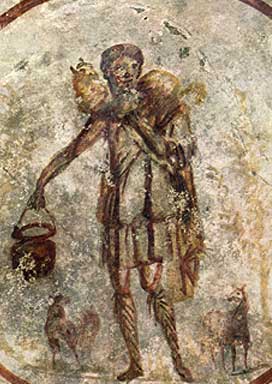
The Way and the Ancient Gospel
Along with “baby Yoda” memes, Disney’s Mandalorian made two phrases trendy: “This is the way,” and “I have spoken.” Being a Star Wars fan, the phrases quickly made their way into the lexicon of my household. So, it was humorous to me to find an entire lesson in “Come, Follow Me” this year entitled “This…
-
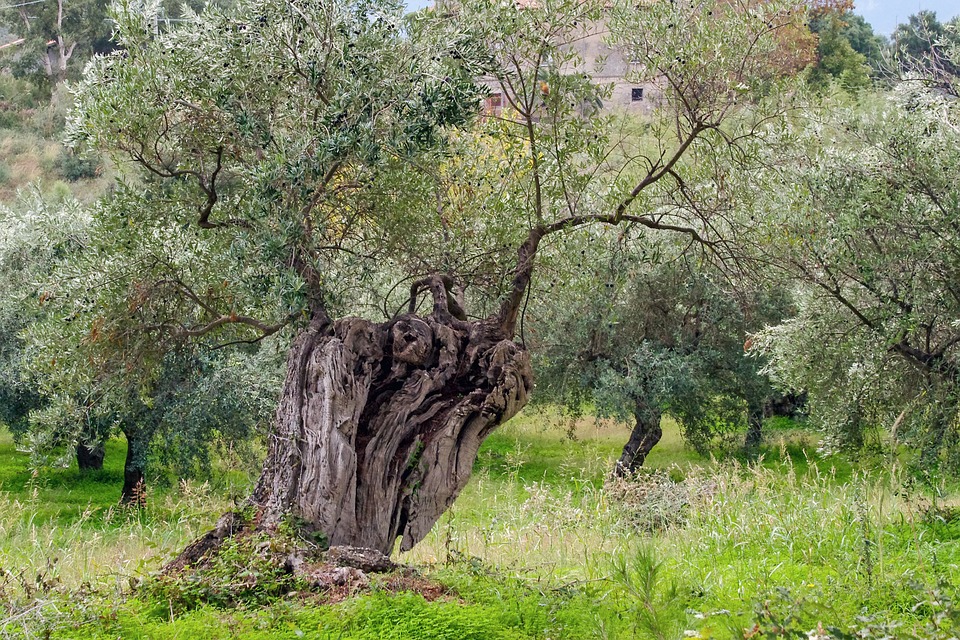
The Olive Tree Restoration
There have been some common underlying themes to several Times and Seasons posts these past few months. The three themes or questions that I have in mind at the moment are: “What is the nature of the Great Apostasy?”, “What is the nature of the Restoration?”, and “What is the relationship of the Church of…
-
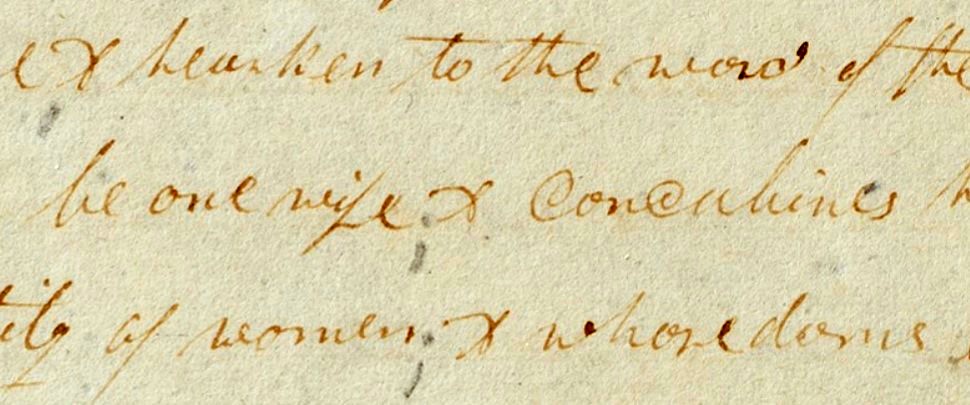
Embracing Jacob’s Sermon
One of the more awkward moments of my time in graduate school came when I was reading a book about Mormon polygamy while taking a break in the lab. A visiting scientist from Pakistan who was doing research in the same lab saw me reading the book and asked me: “That looks like an interesting…
-
Sacrament Prayers and the Doctrine of Christ
I am always interested in seeing how ideas grow, develop, and take shape of the years. I suppose that is part of why I find the study of theology so interesting. As I was studying the “Come, Follow Me” curriculum this last week, it struck me how the sacrament prayers seem to have developed and…
-

What Has Isaiah To Do With Nephi?
In the neighborhood where I grew up, there was a yard that had landscaping that baffled me. It was a grassy plain with a few small trees, and then about a half-dozen boulders scattered among the grass. The boulders were what baffled me—they didn’t seem to fit in with the landscaping around them and they…
-
Reconsidering the Lamanites
One of the major points of discussion in recent weeks is over an error in the printed “Come, Follow Me” manual. A Joseph Fielding Smith quote with racist content was included in the discussion of 2 Nephi 5 and it was only noted that it does not accurately reflect Church doctrine after the manuals were…
-
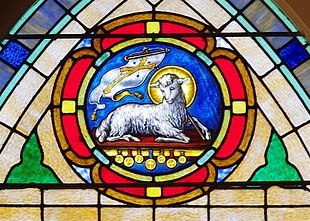
The Church of the Devil and the Church of the Lamb of God
One of the more controversial aspects of Nephi’s vision of the tree of life is the great and abominable church or church of the devil. In his record, Nephi states that “there are save two churches only; the one is the church of the Lamb of God, and the other is the church of the…
-
Notes on Revelation
When I teach Revelation 1-11 to my youth Sunday School class, I’ll probably start off by saying something about gasoline.
-
Defiantly Turning the Other Cheek
On Twitter last week in the aftermath of the whole Porter situation someone mentioned the issue of turning the other cheek. Now first off I don’t think in any legitimate interpretation of turning the cheek it means submitting to abuse particularly spousal abuse. I know there is sadly a strong thread in the Jewish, Christian,…
-
Hurlbut’s Story of the Bibles
Jesse Lyman Hurlbut, a Methodist minister, first published the Hurlbut’s Story of the Bible in 1904. In the book, he retells 168 Bible stories in simplified modern English prose. The author’s purpose was to provide a version of key scripture passages that young readers would find accessible. The numerous republished editions that have appeared throughout…
-
Can Mercy Rob Justice?
We’re all familiar with Alma 42 and the notion that mercy can’t rob justice. I was reading this today at church and was struck by a context that often doesn’t get mentioned. In the ancient world relationships often determined actions. This meant special treatment for friends and especially relations. In Greek philosophy and plays you…
-
Sacrament Prayers: A Close Reading
A while ago my dad had pointed out some features of the sacrament that somehow I’d missed in all the years I’d been partaking. A few of these were examples of something that’s right before you the whole time yet somehow you still miss. I thought I’d share them with you. We get our sacrament…
-
Classroom Discussion: Productive or Not?
The LDS Sunday School General President posted this short article at LDS.org (in the Church News section). Here is his observation about LDS classroom discussion: [W]e hear of many inspired classroom discussions. Occasionally, however, we hear of discussions that are open and lively, but at the conclusion there has been little, if any, doctrinal focus…
-

Data, Doctrines, & Doubts: Improving Gospel Instruction
I’m grateful for the invitation and excited to participate here at Times & Seasons. The following is a talk I gave in our recent Stake General Priesthood meeting as the newly called Stake Sunday School President. While many of the ideas below were conceived independently, I was heavily influenced by some of Ben Spackman’s writings (especially the quotes) when…
